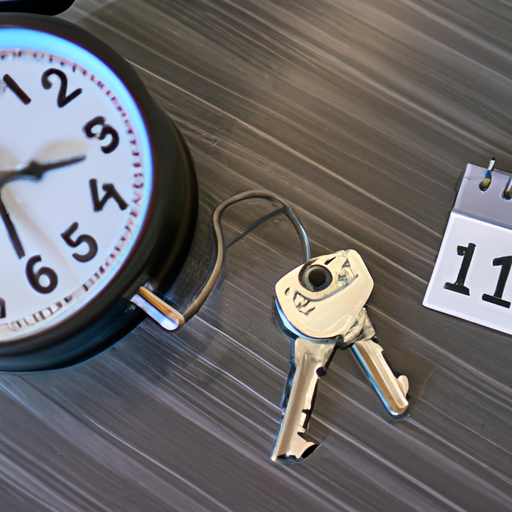What is the Shortest Lease for an Apartment?
When it comes to renting an apartment, lease terms can vary significantly. Some landlords offer flexible options, while others have more rigid requirements. If you’re looking for a short-term living arrangement, you might be wondering what the shortest lease for an apartment is. In this article, we’ll explore the different lease options available and help you understand what to expect.
Month-to-Month Leases
Month-to-month leases are often considered the shortest lease option for apartments. As the name suggests, these leases typically last for a month and automatically renew unless either the tenant or the landlord provides notice to terminate the agreement. Month-to-month leases offer flexibility and are ideal for individuals who require temporary housing or have uncertain plans.
While month-to-month leases provide more freedom, they often come with higher monthly rental rates compared to long-term leases. Landlords may charge a premium for the flexibility they offer. Additionally, it’s important to note that landlords can also terminate a month-to-month lease with proper notice, so it’s essential to review the terms before signing.
Short-Term Leases
Short-term leases typically span a duration of three to six months. These leases are a popular choice for individuals who need temporary housing due to work assignments, educational purposes, or other short-term commitments. Short-term leases provide more stability compared to month-to-month agreements, as they have a fixed end date.
Landlords offering short-term leases may charge slightly higher rents than those with long-term leases. This is because they need to account for the higher turnover and administrative costs associated with more frequent tenant changes. However, short-term leases can still be a cost-effective option compared to other temporary housing alternatives, such as extended-stay hotels.
Long-Term Leases
Long-term leases are the most common type of lease agreement for apartments. They typically last for a year or more, providing tenants with stability and security. Long-term leases offer the advantage of lower monthly rental rates compared to shorter lease options. They are suitable for individuals who plan to stay in one location for an extended period, such as families or individuals who have settled into a specific area.
While long-term leases offer stability, they may not be ideal for those who require flexibility or have uncertain plans. Breaking a long-term lease can come with penalties, such as paying a portion of the remaining rent or forfeiting the security deposit. It’s crucial to carefully consider your needs and future plans before committing to a long-term lease.
Conclusion
In summary, the shortest lease for an apartment is typically a month-to-month lease, offering flexibility and temporary housing options. Short-term leases, ranging from three to six months, are also available for individuals with short-term commitments. Long-term leases, lasting a year or more, provide stability and lower rental rates but may not be suitable for those who require flexibility. When searching for an apartment, consider your specific needs and plans to determine which lease option is the best fit for you.




